Spotlight on Authors
Five Questions with Vernon Oickle, author of So You Think You Know Nova Scotia.
Five Questions with Vernon Oickle, author of So You Think You Know Nova Scotia.
1. Why has trivia become so popular in recent years?
I think people enjoy being challenged. Do they really know as much as they think they know? It's always fun to test yourself. I don't think that's anything new, really. Trivia is a great way to spend some quality time with your friends and family and in recent years larger events have become fun social gatherings in many communities.
2. There are some tough questions in this book. Do you think there's anyone out there who will be able to answer every question?
There are tough questions but there are also a lot of smart people out there. I tried to strike a balance with some fairly simple questions that most Nova Scotians should be able to quickly answer but I've also included many questions that will test your skill level and knowledge. The important thing with this book is to have fun. That is the number one objective.
3. What was the most surprising thing you learned about Nova Scotia that you didn't know before you started researching this book?
I've been working with this material for many years now, but I am always surprised by how much influence Nova Scotians have had around the world and the role this province has played in the lives of so many people over the centuries. With our rich past, I not only had enough material to create 1000 questions but had lots left over to start working on another volume. To me, understanding the wealth of material that exists is really the most interesting part of this project.
4. What piece of trivia do you think would surprise other Nova Scotians the most?
That's a difficult question to answer in one paragraph. It may sound like a cop-out, but there are just too many nuggets of information to pick only one. I'll point out that I think most people will say, "Really? I didn't know that."
5. What fascinates you so much when it comes to exploring Nova Scotian history and culture?
To me, the most fascinating part of this journey is discovering how much this province has influenced the world in so many areas including the arts, entertainment, politics, business, education, science, medicine. The list could go on. So many Nova Scotians have done so much and have left their mark on the world that it forms a very impressive list. Discovering these facets about Nova Scotia is very compelling and motivates me to want to know more. I hope this book inspires others in the same way.
Five Questions with Greg Nesteroff and Eric Brighton, authors of Lost Kootenays.
Five Questions with Greg Nesteroff and Eric Brighton, authors of Lost Kootenays.
1. What is it about the Kootenay region that is so fascinating to everyone who visits?
Probably the immense diversity of its history and its stunning, wild landscapes. For better or worse, a lot has taken place here. The Ktunaxa and Sinixt First Nations inhabited this land for thousands of years before European settlers arrived, chasing the promise of mining, logging, or fruit farming. Kootenay history also includes the romance of steamboating, railroading, and ghost towns; the tragedy of residential schools and the internment of Ukrainian-Canadians and Japanese-Canadians; the arrival and enterprise of the Doukhobors; and the displacement of thousands of people for hydroelectric development. Today the Kootenays also draw people to take advantage of the region's many ski hills, golf courses, waterways, and hiking and cycling trails.
2. Why was it important for you to keep the Lost Kootenays Facebook group going?
We did it in tribute to a former administrator who died of cancer, but also in recognition of the site's large, loyal following and the resource that now exists in the thousands of photos that have been added.
3. The "Lost Kootenays" community has more than 50,000 followers on Facebook and is one of the most dynamic sites in British Columbia. Why is this subject so fascinating to so many people?
Nostalgia played a big role in growing the site early on, when it was dedicated more towards the 1950s through the '70s. But it has grown to be a clearinghouse for all matters related to local history, from any era. Membership has also increased steadily since Eric took over most of the posting with his gift for finding rare and dramatic pictures that captivate and intrigue our followers.
4. What surprised you most when you were researching this book?
That there are still so many outstanding images from a century ago or more that have never or rarely been published! We could have easily filled another volume with them.
5. Where did you find the photos in this book? Was there one that particularly stood out to you?
We started with the City of Vancouver Archives as they have an extensive collection of rare and high-resolution Kootenay pictures that they share freely with the world. Greg had his own collection of historical photographs, from which we were able to glean some extremely rare pics and ephemera for the book. We also did a wide search of other archives to find pictures never used before. And we were successful!
Finally, we rounded out our extensive collection of photos with a deep search of the BC Archives which has one of the largest, albeit most expensive, photo collections in Canada. Hundreds of hours went into searching for the pictures and then Eric spent countless further hours cleaning and editing them digitally. We took full advantage of photo-editing tools that were not readily available or affordable to use for books on similar subjects in decades past.
For the cover, we chose an image of the Arlington Hotel in Slocan City in its declining years. It evokes a ghost town vibe like few other pictures do. Another favourite is an amazing picture of a massive log jam on the Bull River in the 1910s. It highlights how dangerous and primitive methods were for getting logs to the mill. As historians, we've always felt a debt of gratitude to our forebears who sacrificed so much to get to where we are today.
Five Questions with Ted Pritchard and Ingrid Bulmer, authors of Forgotten Nova Scotia.
Five Questions with Ted Pritchard and Ingrid Bulmer, authors of Forgotten Nova Scotia.
1. How does working on a project like Forgotten Nova Scotia differ from working on a photojournalism assignment?
Although searching and shooting abandoned places has similarities to photojournalism, the experience differs in many ways; the idea of chasing a subject that requires research and travel feels like working on a photojournalism assignment, but the location work takes on a more fictional tone as you struggle to fill in the gaps to what has occurred at each place. Imaginations can run wild in such circumstances, which adds greatly to the work, and allows you to explore outside the boundaries of sticking only to the facts as journalism dictates. Keeping this in mind we kept to journalism ethics, and staged or touched nothing at each location. Staging seemed to be a frequent occurrence at many locations visited by previous explorers.
2. What attracted you to this subject matter?
Neither Ingrid nor I have any past experience shooting abandoned places. The offer to create this book did appeal to us immediately though; a challenging long-term subject to explore and learn about, presenting many creative challenges as photographers.
3. How did you discover the places you photographed for the book?
Two ways: Good old fashion detective work, and exploration, coupled with the generous assistance of other photographers who know the subject extremely well.
4. How much preparation does it take to get a typical shot?
Most shots generally occur quickly while we initially explored each location independently. Long exposures take more preparation and time but were usually executed as a team.
5. Is there a subject you would like to explore for your next book?
Absolutely. Islands of Nova Scotia!
Five Questions with Mary Janet MacDonald, author of Tunes and Wooden Spoons
Five Questions with Mary Janet MacDonald, author of Tunes and Wooden Spoons.
1. When did you first learn to cook?
Good conversation, a cup of tea and home baking go hand in hand, and from the time I was a young child it was important to have "something good for tea" should a friend or neighbour drop in for a visit. So, I learned to cook/bake at a young age because it was an important part of a Cape Breton home.
2. Do you have a favourite recipe?
I would have to say that the three recipes that are my "go-to" would be my tea biscuits, my cinnamon rolls, and my chocolate chip jumble cookies. I can't pick just one!
3. Who were your greatest childhood influences?
First would be the lady who raised me, Maggie Ann Beaton, whom I called Mama. As she was my grandmother's sister, she knew what hard work was all about and since we lived on a small farm, it was from farm to table with a few bare necessities purchased at the store. She was born in 1902 and was a very resourceful and hard-working woman. Working with what you had in the cupboard was her rule — butter, milk, and eggs were available on the farm, and precious commodities like flour, molasses, sugar, and raisins were purchased and used as needed. They call me an "influencer" because of the number of followers I have on my Facebook page but Maggie Ann Beaton was the greatest influencer I knew.
4. Why is dance and music so important in your life?
Growing up in Cape Breton and in a hotbed of Scottish culture, it consumed every part of me from a young child up to today. Our home was always filled with music from fiddle tunes to stepdancing to singing. The Gaelic language and culture and all its traditions make up the very fabric of many communities on our island. I would not be me without the influence of every aspect of the traditions passed on to me. I am very proud to be a Gael.
5. What do you think people in the rest of the world need to know about Cape Breton?
I believe strongly that Cape Breton is a piece of heaven. I speak from growing up on the rural west coast of the island and loving it with all my heart. I would hope that people in the rest of the world would come here because it has breathtaking vistas, rugged coasts, amazing and friendly locals, music that speaks to your heart, and dancing that speaks to the music. It is beautiful and richly diverse and everyone feels welcome and at home and they shouldn't be surprised if a local just invites you to their home for a ceilidh, a good cup of tea, and some goodies to go along with it. "Come to Cape Breton, your heart will never leave."
Five Questions with Ray Mackey, author of Chasing Newfoundland
Five Questions with Ray Mackey, author of Chasing Newfoundland.
1. How long have you been chasing Newfoundland with your camera?
I have been really chasing Newfoundland with a camera my whole life. It seems I was never travelling here unless a camera was with me. When digital photography began to take off, like many others, I jumped in full time so it has been about 12 years now. Today's media and online world just makes it easier to share with everyone. I am super pleased so many folks enjoy my work.
2. What is the hardest you ever worked to get a perfect shot?
Well, I'm not so sure about a perfect shot. I think I can look at any image and find ways it could be improved so I guess that is very subjective. That said, I'm not sure I could pin it down to a single shot but when I find a composition I like and it requires long travel time and multiple visits to capture it, it sure challenges your resolve. For example, I have driven 5,000 kilometres over two days and stayed up 48 hours straight to get an iceberg shot, only to find it was so foggy I could not see it and had to wait two more days for a shot. It can be exhausting and rewarding at the same time.
3. The lighting in your photographs is incredible. Do you ever use flashes or is it all natural light?
So, short answer is no, I never use flashes for landscapes. Light painting is an option if I am unable to get the exposure for a composition I want but virtually never use it. The goal at all times is to us the available light sources for my compositions. My preference is for natural light first but often I combine it with local ambient and man-made sources such as street and home lighting for blue hour and nighttime compositions. The play of light in all cases adds so many different dimensions to a composition, and for me makes or breaks an image.
4. Is there a Newfoundland photo you're still hunting for? A subject you haven't captured yet?
As always, it's never about a single image for me but a body of work. However, the remote south coast of the province is an area that I have not spent much time in yet. It has a wonderful presence and its unique coastline fjords and landscape are captivating. It is on my Must Do list for sure.
5. What is it about Newfoundland that keeps drawing you back to photograph it?
Newfoundland of course is my home so I have a natural bias toward it. However, in my opinion, it seems to never sleep; by that I mean it is always changing. Newfoundland has so many changes in atmospheric conditions, largely because of our geographic location in the North Atlantic. Those changes produce new lighting conditions seemingly every hour, allowing me to shoot frequently and sometimes even the same scene many times over. With lighting being the goal for many of my compositions, it's a natural advantage. The province also has an appealing landscape and culture with a variety of subjects, including the visuals of seasonal events such as icebergs, whales, and other wildlife visitors.
Five Questions with Kirk Anderson
Kirk Anderson, author of You Might Be From Minnesota If...
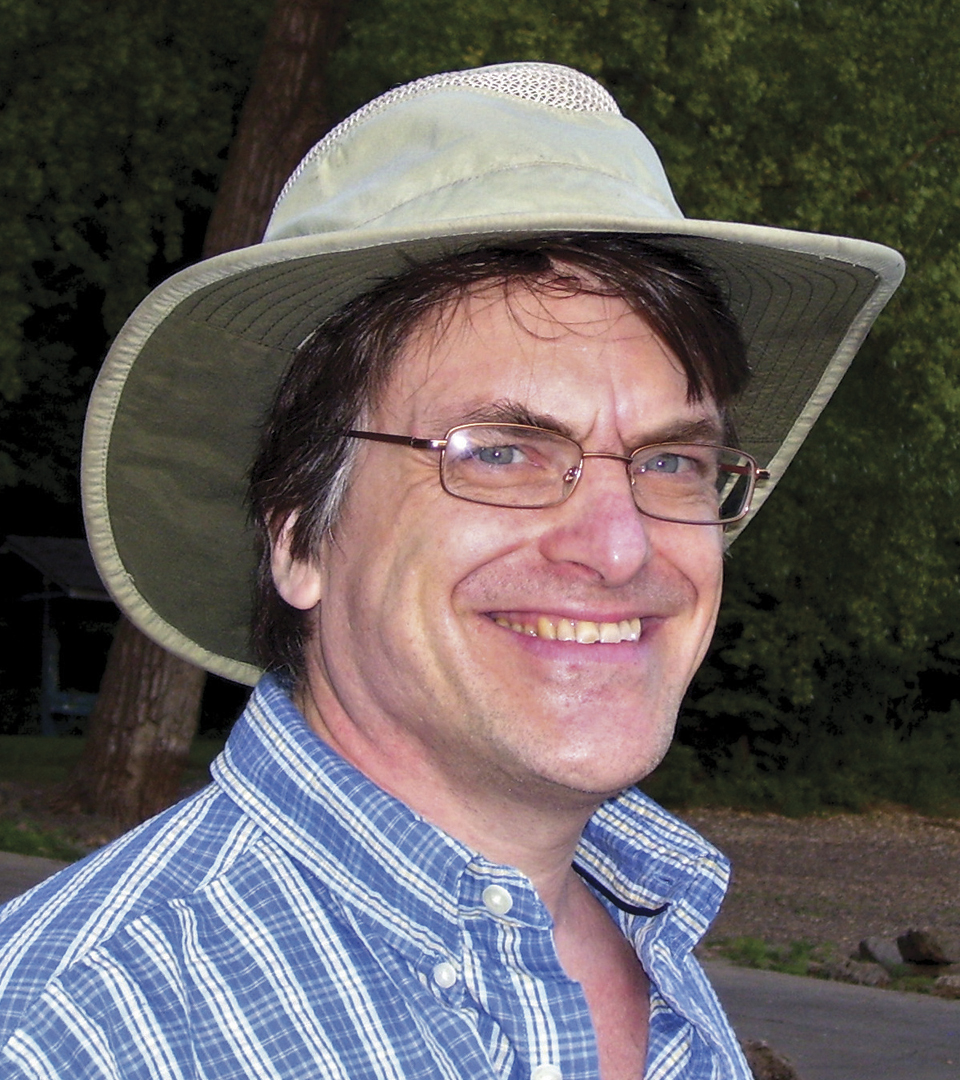
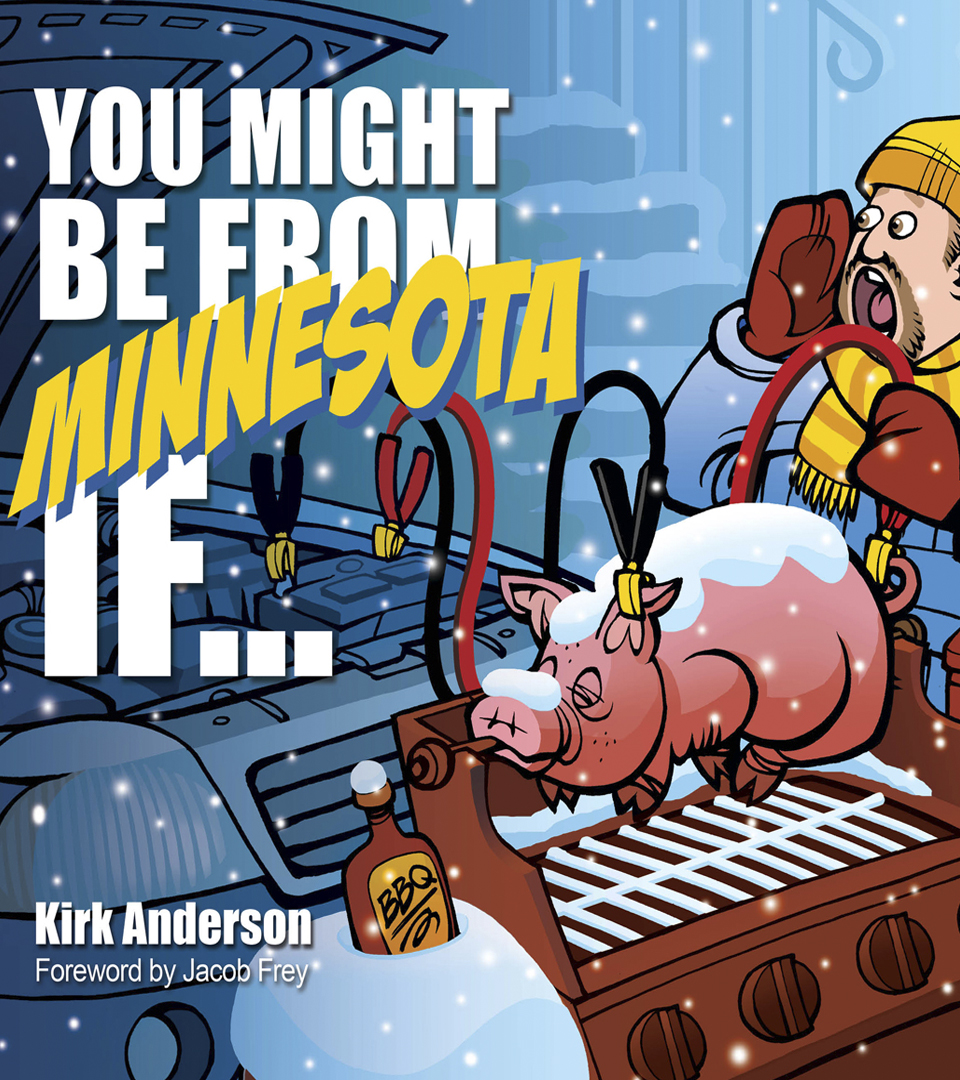
1. What inspired you to become a political cartoonist in the first place?
I love politics. I love art. I love humour. Put them in a blender and you get political cartoons. Art communicates politics more quickly than words, and humour lets people's guard down. Political cartoons are a secret shortcut into our brains.
2. Who or what is your greatest inspiration as a cartoonist?
Legions of cartoonists, artists, social commentators and activists, like George Orwell, Norman Rockwell, Dr. Seuss, Mad Magazine, Arthur Miller, Dalton Trumbo, Jordan Peele and Keegan-Michael Key, The Santa Cruz Comic News, Clay Bennett, Tony Auth, and many other metaphoresters.*
*"Metaphorester", as far as I know, is a wonderful term invented by Matt Wuerker (cartoonist for Politico).
3. You Might Be From Minnesota If ... is your first book. How does that feel? How different was doing a book from drawing for newspapers or magazines?
It feels like sculpting a marble statue as opposed to whittling figurines.
4. Was it a difficult process to choose which cartoons to include in the book?
I asked friends to test-drive the cartoons and let me know which were roadworthy and which were not.
5. What is the one thing you would like for people to take away from this book?
There is more to Minnesota than mild-mannered Scandinavians riding snow blowers to a church lutefisk dinner. Minnesota is home to twice as many Germans as Norwegians, rural Worthington (pop. 13,000) is home to more Latinx than whites, and there are more Ethiopian delis in the state than fast-food lutefisk drive-thrus. We are large, we contain multitudes.
Five Questions with Joe Chowaniec
Joe Chowaniec, author of Abandoned Alberta
1. What inspired you to get into photography?
I took photography way back in high school and have pretty much had a camera since I was about 14. There was a period of time recently that I had lost interest in photography — no particular reason. In about 2010, my full-time job allowed me to meet some really inspiring photographers and hear their stories and it got me interested in it again. It quickly grew to a passion. There is something about the camera that gives you the opportunity to freeze a moment in time forever and then allow others to experience that moment.
2. What attracted you to abandoned places?
I spent a lot of time on the roads in Alberta for work and weekly trips north to visit my ailing mom in the hospital. I would not always take the same roads. I probably drove by a number of abandoned places hundreds of times, but one day as I was driving home from Fort McMurray I passed a couple of buildings and my mind started to wander as I travelled the long and lonely highway. The next time I headed out, I took my camera, I didn't rush my drive, I took photos and started the process of collecting images of abandoned places. In the beginning, the photography wasn't that great, it was more something to do to pass time. By the time 2016/2017 rolled around I was well on my way to documenting as many places as I could find and tell their stories in a visual way.
3. Abandoned Alberta is your first book. What was it like to work on the project?
It was an amazing experience from the very first message through to the anticipation of the release. The feel of pride in the final product is amazing — there is a lot of work put in by a number of people and thousands of kilometres on my car and tens of thousands of clicks of the shutter.
4. What would you like people to take away from your book?
I want people to think about the past and wonder about history not just here in Alberta but anywhere. I hope that people when they are out for a drive in their cars, on a road trip, on vacation, might take the road less travelled, drive by an abandoned place and wonder what is its history.
5. Who was the greatest influence in your life?
Photographers like Paul Nicklen, Brian Skerry, Mac Stone and Timothy Allen have provided me with amazing advice and tips/techniques. I am drawn to their work as their photos are not just photos, but pieces of art, each telling an important story. I want my work to do the same at some point in my journey. I have always admired Ansel Adams and his work — to be one per cent as good as him would be a gift. Then there are individuals like Bill Weir, an amazing storyteller always digging deeper to give the viewers of his TV shows that one more piece of information that will make a difference. I want my work to do that. And finally, my Mom and Dad for their life lessons — work ethic, respect for everyone no matter their position in life — I think they would be really proud of what my life has become.
Five Questions with Christine Hanlon
Christine Hanlon. author of Old Winnipeg, A History in Pictures
1. What inspired you to do the book Old Winnipeg?
Last year I was cycling through Mostyn Park, a place I usually pass by car on my daily commute, when I noticed a limestone column that I must have seen hundreds of times without paying it any attention. A plaque informed me that the columns were from Winnipeg's now-demolished sixth post office and that its location on the south side of Portage between Fort and Garry Streets helped establish Portage Avenue as the leading retail street in Winnipeg. I also learned that the post office was built by Kelly Brothers Contractors and, after a little research, I realized there was a connection with Manitoba's legislative building construction kickback scandal! All of this made me wonder how many more pieces of Winnipeg history I could find in the rubble of the city's former buildings.
2. Why should people care about their history? One of my favourite sayings is that the word history contains the word "story." We are all part of the story, and like every good tale, it has a beginning, a middle and an end. We are in the middle, but how can we understand where we are if we don't know what happened in the beginning? How can we shape where we are going if we don't know where we've been? Take the Hudson's Bay Company, for instance. People might think of it just as a place to shop, but the company played a defining role in shaping the province of Manitoba and the city of Winnipeg. When the HBC sold Rupertsland to the government of Canada in 1869, the sale didn't take into account the indigenous people or the Métis. We need to know the history so we can build a better future for everyone.
3. Old Winnipeg is your fourth book. What was it like to work on the project?
I spent a lot of time in the archives. Fortunately, the people who work there were wonderful and helped me find a treasure trove of photos, taken by both amateur and professional photographers, of buildings that no longer exist in Winnipeg. Every time I found a photo of a building someone had mentioned it was like winning the lottery! I also did some crowd sourcing with the enthusiastic members of Manitoba History: A Public Forum of the Manitoba Historical Society. Their help was invaluable!
4. What would you like people to take away from your book?
I hope people discover how fun history can be. There are a lot of fascinating stories about Winnipeg connected to the buildings within the pages of this book. Some places people will likely recognize, others they will discover – but most of all I hope they will be as surprised as I was by how interconnected these places are. This may be a pictoral book but, really, it's another way to tell the story of Winnipeg. All the photos are part of the narrative of this great city.
5. Who was the greatest influence in your life?
Not long after I discovered my passion for writing, I was blessed with an English teacher, Sheldon Fossaner, who gave me the tools to do it. I was in his class in grades seven and nine and his words still resonate 40 years later. In retrospect, I think he was the one who taught me the value of story and the many forms it could take. We studied novels, short stories, plays, poems, songs, and even the visual arts, as a conduit to writing. He also impressed upon me that good writing makes the reader care about the story being told. That continues to be my inspiration.

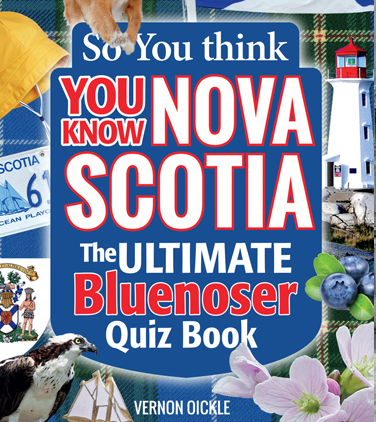
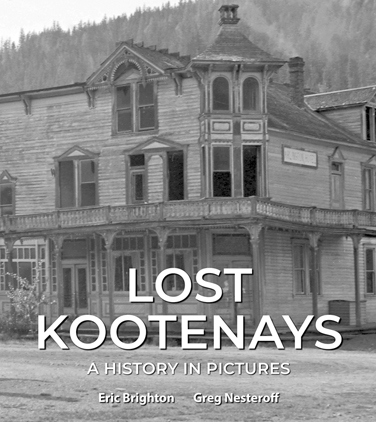
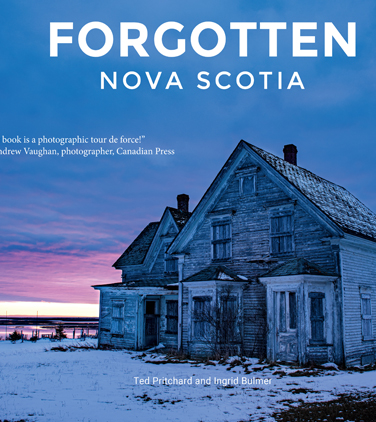

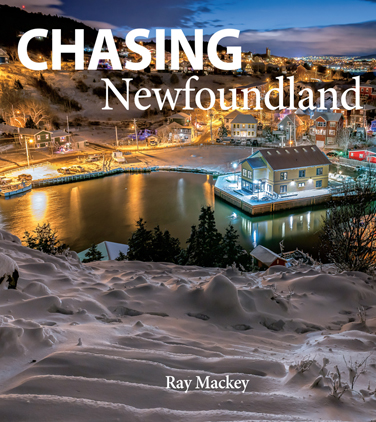
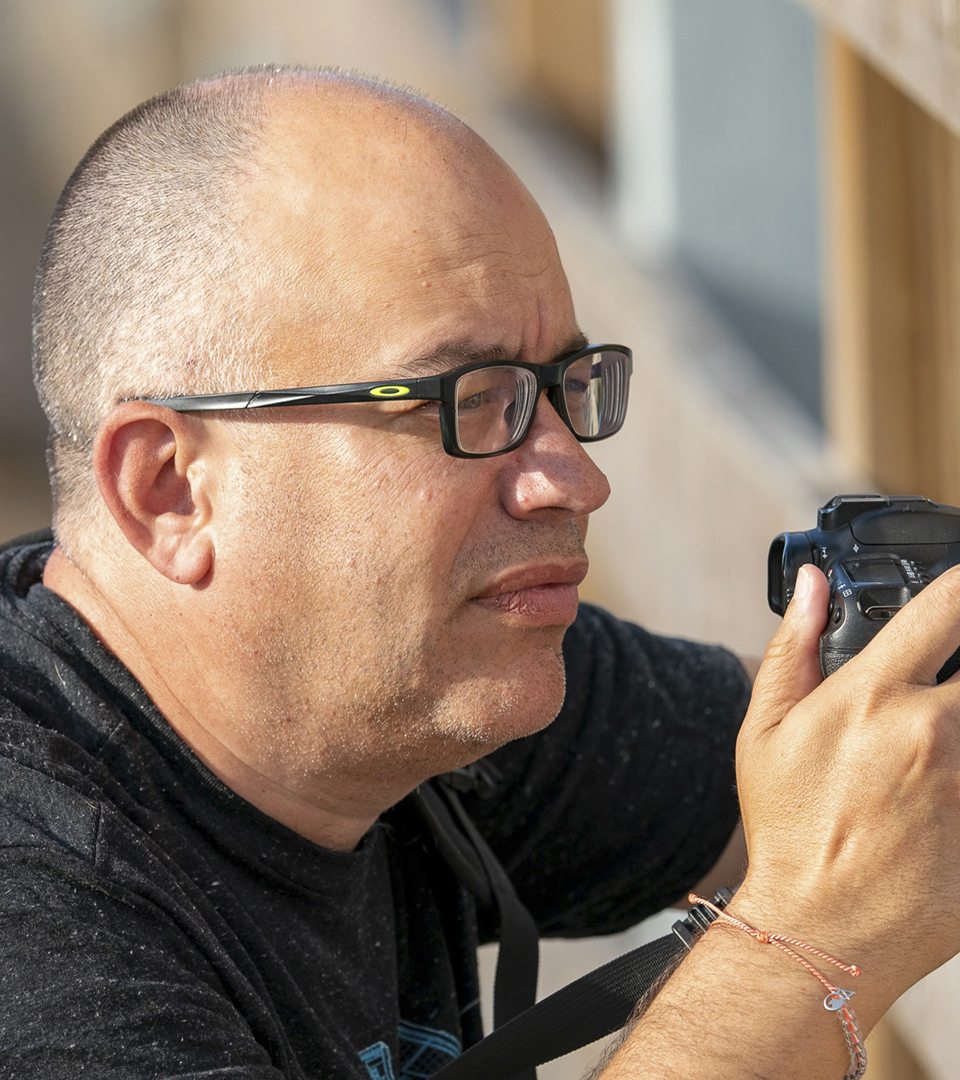
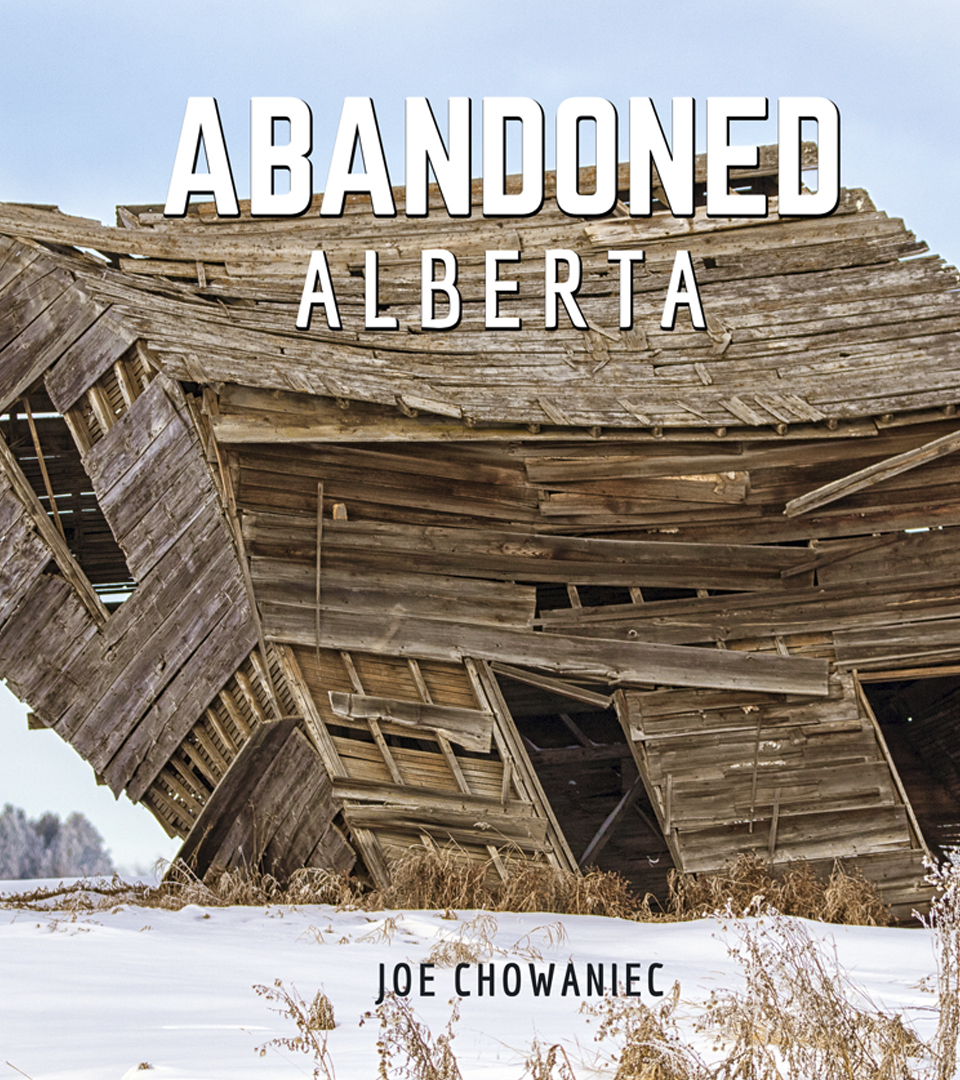
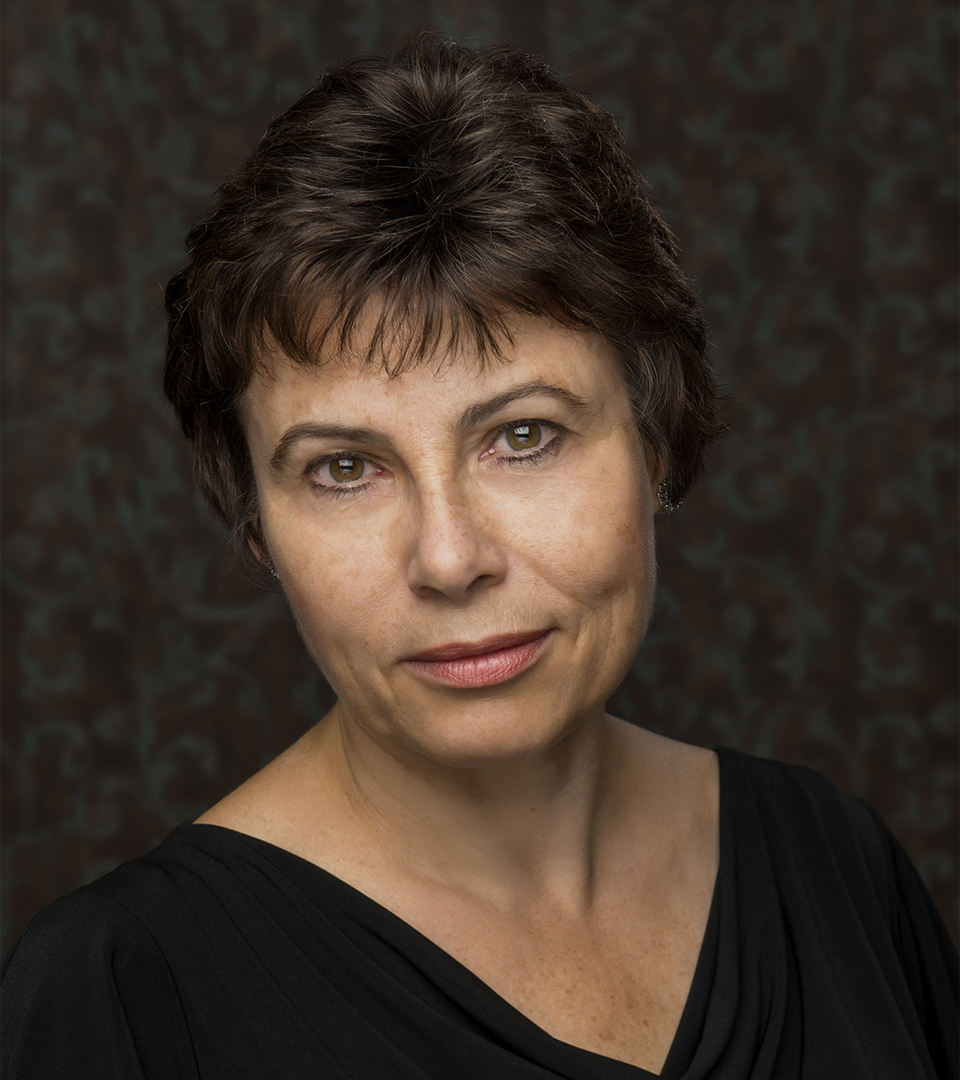
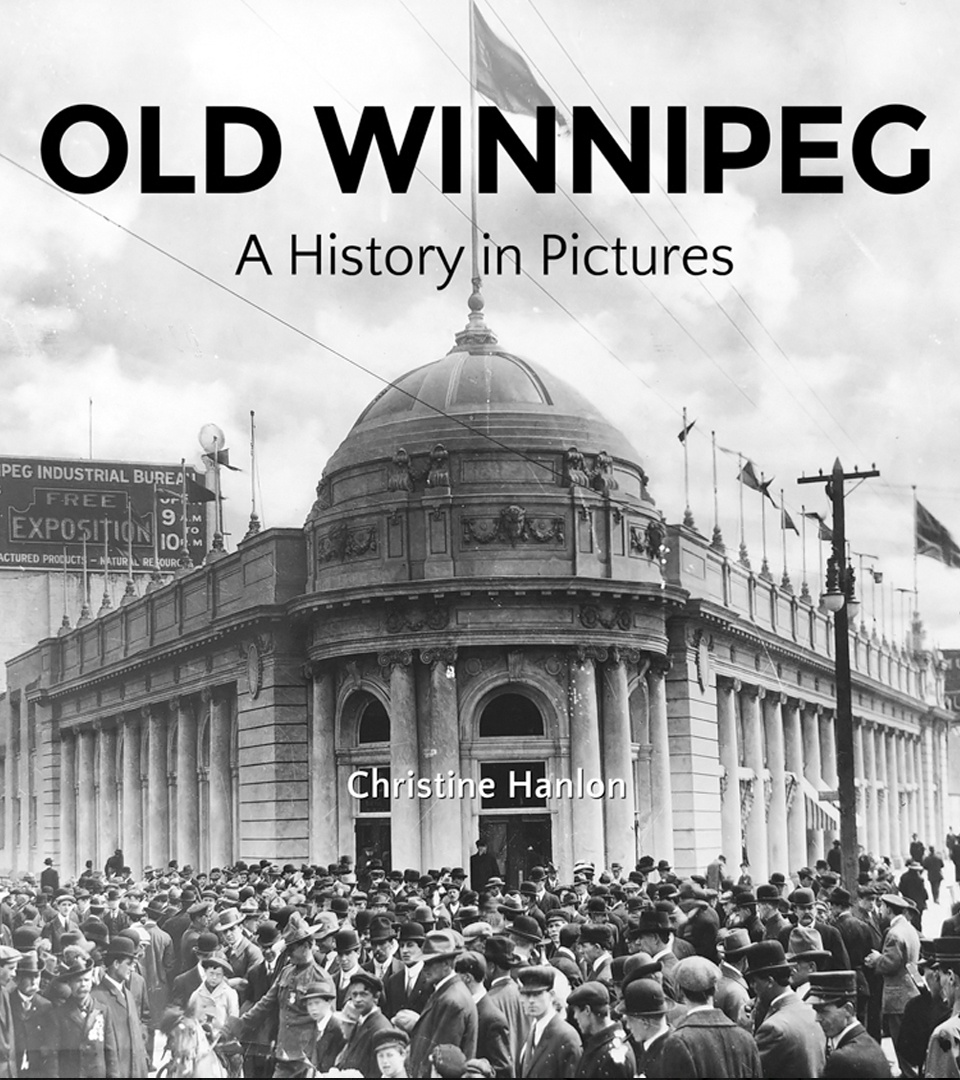

Follow Us!